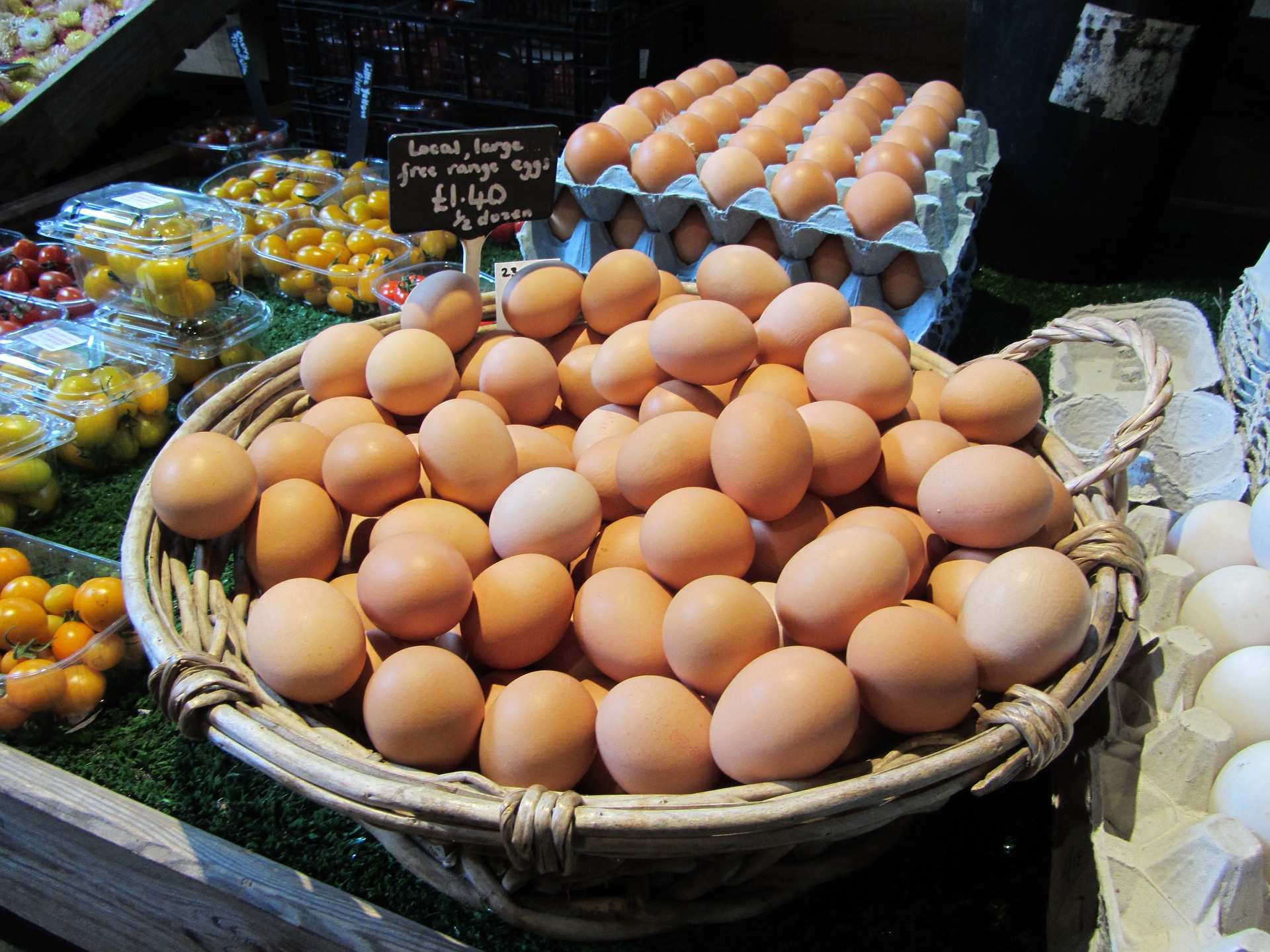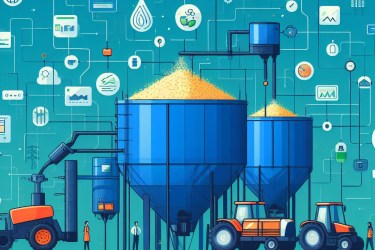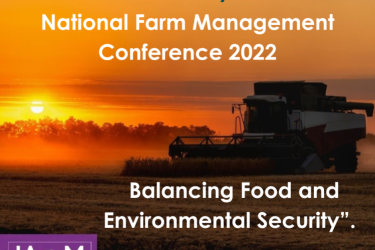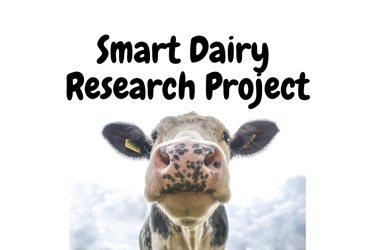By Matt Brennan
Just a few short years ago, it would have seemed madness to take a photo of the food you’re about to eat and post it on social media. Today, however, it’s almost normal to upload and share a picture of the great steak you’re eating in a local pub, or a fancy afternoon tea you’re enjoying with friends.
The way people now talk about food highlights the growing importance consumers are placing on the food they eat, as well as their willingness to embrace technology in everyday life — and it’s something the supply chain should not ignore.
Supply chain knowledge
Consumers care about where their food is from and increasingly about traceability. With consumers so willing to turn to their phones, it’s not too big a step to think that in the not so distant future, shoppers could be using apps on their phones whilst they shop to find out more about the food they’re buying.
Simply scanning an item on a shelf with an app could bring up information on where each ingredient was produced, nutrient content and other factors.
This would inevitably lead to increased pressure on food companies to have better knowledge and understanding of their supply chains so they can provide relevant and comparable information.
At this year’s City Food Lecture (26 February), Dominic Blakemore, chief executive of contract catering giant Compass Group, said the firm had already seen increasing demand from customers to demonstrate the setup of ‘local’ supply chains.
To address their demands, Compass has developed ‘mini supply chains’ to provide food from within a very close radius of the customer, he said.
Is local really better?
This approach to ‘local food’, however, brings up numerous questions which need to be addressed if the supply chain is going to fulfil consumer expectations.
Firstly, how do you define local? Go back just two years, and local meant produced in the UK. Today, it could mean just a few miles away from point of sale.
Another important element, is whether local food really is better, and whether consumers actually need to be told that sometimes it might not be the case.
Some ingredients can’t be sourced from nearby, and those that are may not be better from a cost perspective or an environmental impact point of view.
The impact of food should consider land management practices and impact on biodiversity, land use, water and air quality.
These issues are regionally variable, and poor practices or sensitive environments could mean that the cost of transport is outweighed by protection of the local environment.
The danger is that the consumer could be bombarded with too many messages, whilst more labels and terms could add to existing confusions.
What’s clear is that companies throughout the supply chain need to listen to consumer trends and carefully understand where they are sourcing products from. Ultimately the consumer of tomorrow will expect it.








